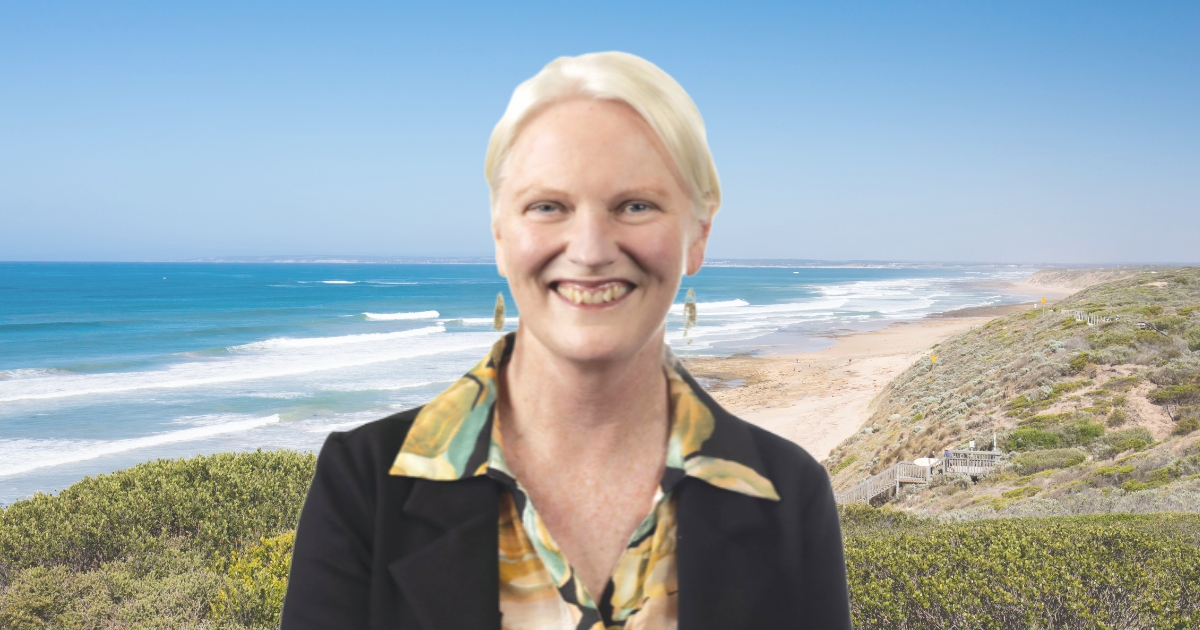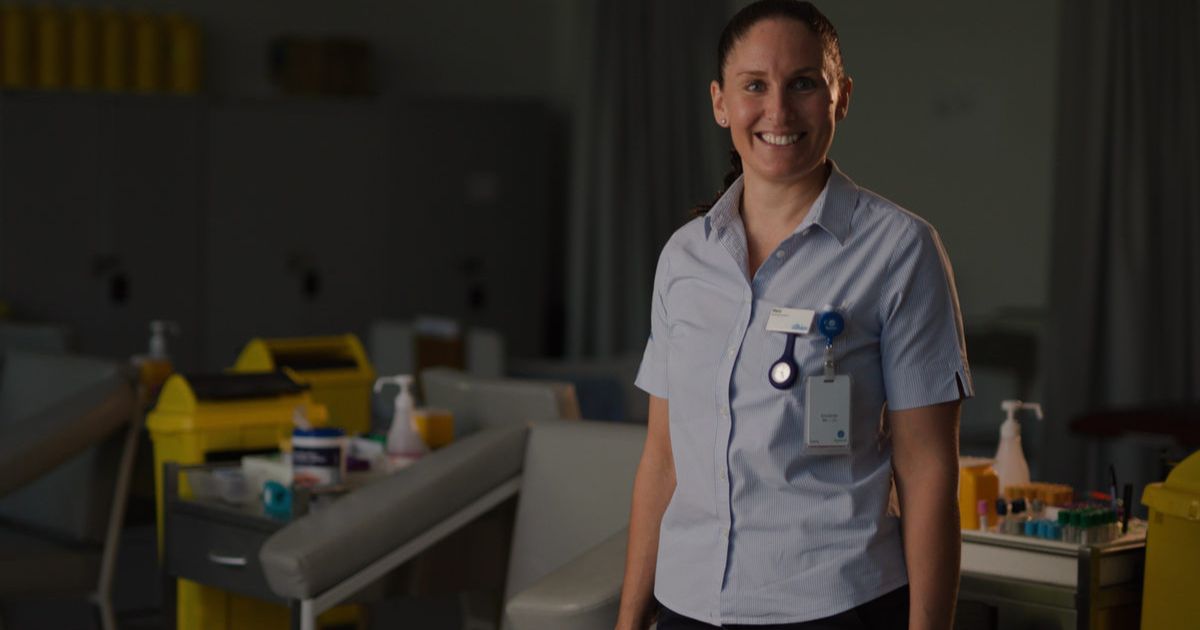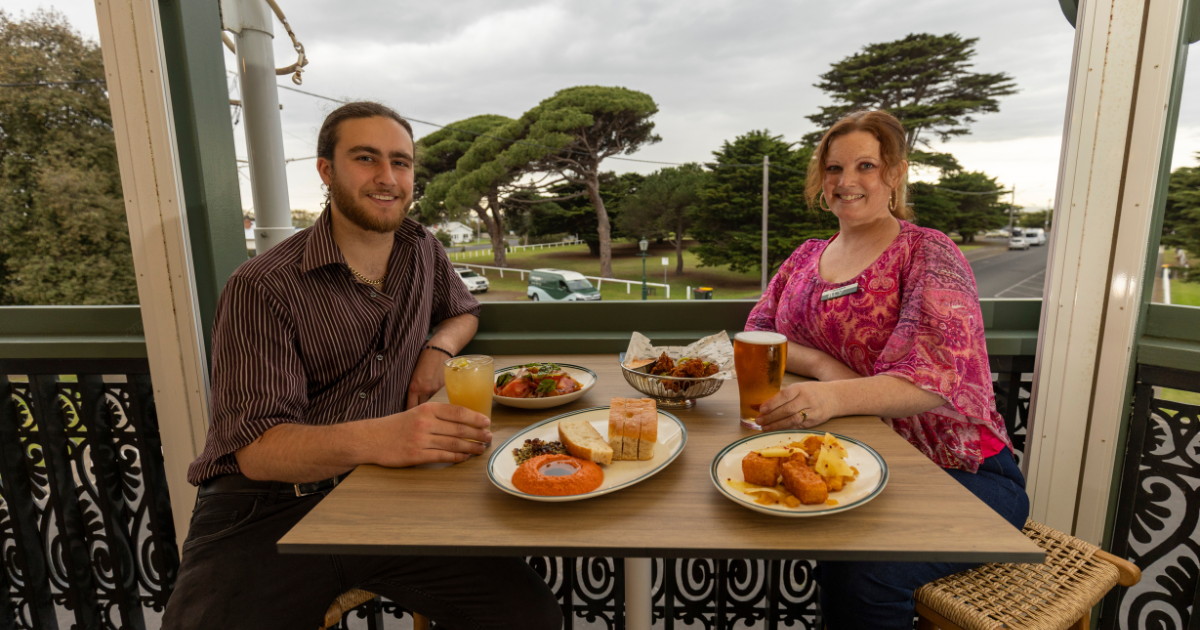Improving community health, wellbeing
HEALTHY, well-supported people are what make a region strong, connected and able to thrive.
That’s the thinking behind our new Community Health and Wellbeing Strategy 2025–2029, which we adopted at our July meeting.
The strategy is a four-year roadmap to maintain and improve public health and wellbeing across our region.
Greater Geelong is vibrant and diverse, and this strategy is committed to addressing health inequities so that nobody gets left behind on our journey.
It’s built around six key priorities shaped by strong community feedback.
These include mental wellbeing and social inclusion, equitable access to safe and healthy food, opportunities to be physically active, gender equity and preventing violence, responding to the health impacts of climate change, and reducing harm from things like tobacco, vaping, gambling and alcohol misuse.
These priorities reflect what people across Greater Geelong told us matters most. They’re backed by local data and grounded in real experience.
Council is already working with our community to deliver on these goals. Some of the key actions include:
Working with neighbourhood houses, libraries and community centres to provide opportunities for social connection
Supporting community-led initiatives that address food insecurity and build food literacy
Promoting and encouraging safe active travel
Increasing participation in sport and recreation, especially for groups who face barriers, and
Partnering with businesses, training providers and social enterprises to create inclusive job opportunities for First Nations community members, young people, older people and people with disabilities.
However, it is important to acknowledge that health and wellbeing cannot be separated from housing security.
The recently released 2025 Home Truths report, led by Give Where You Live Foundation and Deakin University, with funding support from the City of Greater Geelong, paints a confronting picture.
During 2023-24, more than 4,600 people in Greater Geelong received homelessness support.
Nearly half were survivors of family and domestic violence. Twelve per cent were First Nations people, and nine per cent were young people.
Right now, it’s estimated that 1,546 people are experiencing homelessness in our region on any given night.
As cost-of-living pressures increase, the face of homelessness is shifting in Australia – about 17 per cent of people experiencing homelessness are employed, and that percentage is growing.
Earlier this year, Council re-established the Greater Geelong Homelessness Working Group, which is already bringing people together to improve how we share data, develop policy, coordinate services and advocate for funding.
Under our Social Housing Plan 2020–2041, Council aims to increase social housing from 3 per cent to 10 per cent of households by 2041. This is an ambitious but necessary target.
That means delivering and supporting about 13,500 new dwellings, including projects like the upcoming development on Purnell Road in Corio.
However, these actions will only scratch the surface. Federal, state and local governments all need to work together with our community to address one of the most significant challenges of our generation.
I urge anyone who wants to help to read our Homelessness Fact Sheet at geelong.link/socialhousing


















